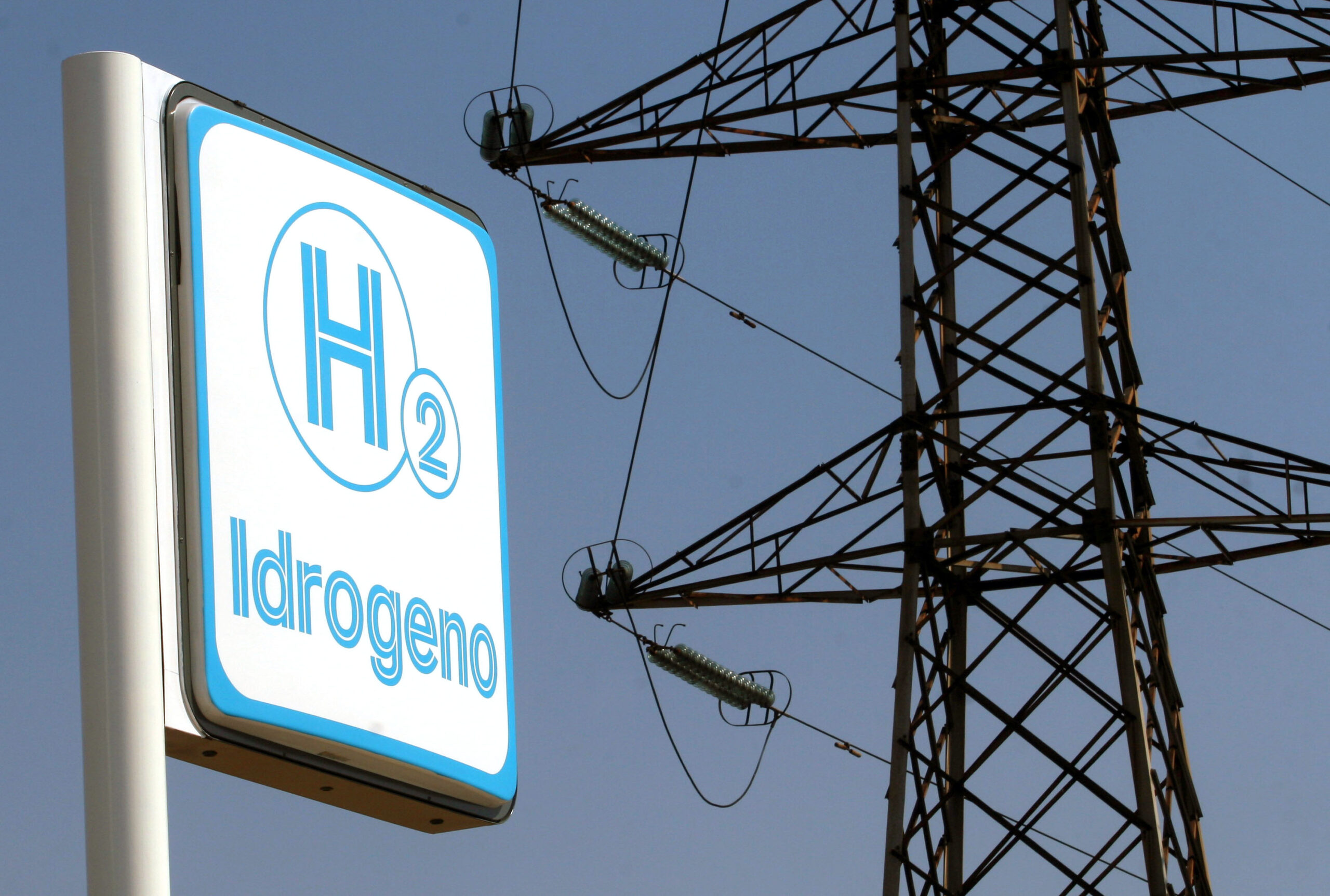Should Europe defend itself from China also on hydrogen electrolysers?

The clean hydrogen market has not yet formed, but Europe already fears that its electrolyser companies could go into crisis due to competition from China. All the details
After those of solar panels and wind turbines , European companies that produce electrolysers for clean hydrogen – another key technology for the energy transition – may also struggle to cope with the growing competition with China.
WHAT ARE ELECTROLYZERS FOR CLEAN HYDROGEN
Electrolysers are machines that allow you to produce zero-emission hydrogen by "extracting" it from water: to do so they use electricity supplied by clean energy sources such as solar, wind or nuclear; the process is called electrolysis.
Hydrogen, in turn, does not release greenhouse gases when burned, thus allowing the decarbonization of those industries and means of transport that are difficult to electrify directly. The European Union wants to produce 10 million tonnes per year of "green" hydrogen, i.e. obtained from renewable electricity, by 2030.
HOW MUCH IS THE ELECTROLYZER MARKET WORTH
According to the Dutch research center TNO , in 2023 China held 34 percent of the world's manufacturing capacity for electrolysers; Europe's share was only slightly lower, at 27 percent.
The consultancy firm BCG has estimated the value of the electrolyser market at 25 billion euros.
LITTLE DEMAND AND EXCESS SUPPLY
However, the European Union fears that its electrolyser industry could enter into crisis due to cheap and numerous Chinese competition. In the Old Continent the demand for these machines is lower than expected – a real structured market for clean hydrogen, in fact, does not yet exist – and Chinese overproduction could then "lead to a situation similar to that of solar photovoltaic, in which the capacity in excess of the needs of the internal market can allow exports to other regions" of the world, we read on Euractiv , which cited the International Energy Agency.
In China, state-subsidized solar industries produce panels in quantities much higher than national demand; not being able to sell them all at home, they export them abroad at very low prices that Western companies are unable to match. Today China is clearly the world's largest producer of solar panels; Most of those installed in the European Union are also Chinese.
“What happened with photovoltaics must not be repeated with electrolysers,” declared German MEP Jens Geier, from the Socialists and Democrats group. A BCG study published a few days ago, however, claims that Chinese companies are on track to dominate the electrolyser sector: "after solar and battery technology", we read, "Europe risks losing another promising green industry in favor of China”.
CHINA CLOSES PATENTS GAP
The study highlights how China is approaching Europe in terms of the number of registered hydrogen patents, a key indicator of the technological and technical level achieved by a country. Since 2015, the number of Chinese patents related to the production, storage and use of hydrogen has increased by 40 percent; in the previous decade the growth rate had been decidedly lower, 15 percent.
TWO DIFFERENT TECHNOLOGIES
Chinese electrolysers, however, are cheaper than European ones, but they use different technology.
As Startmag wrote , Chinese companies mainly produce alkaline electrolysers, the most widespread, which compared to other technologies have a low initial cost but also lower efficiency: it means that they need more electricity to produce a kilo of hydrogen.
European companies are instead focusing on other technologies, such as proton exchange membrane (PEM) electrolysers, which are more expensive than alkaline ones but also more efficient and quicker to start up and reach full operation. The fact that PEM electrolysers require smaller quantities of electricity, moreover, is an important characteristic for all those hydrogen producers located in countries where electricity has high prices, such as in much of Europe.
THE CHINESE PRESENCE IN EUROPEAN HYDROGEN PROJECTS
Despite technological progress and production increases, China's presence in the European electrolyzer market is still limited. Euractiv writes that of the 132 projects nominated for European funds distributed by the Hydrogen Bank, only twenty intended to produce hydrogen using Chinese technology.
Electrolysers are among the critical technologies for the energy transition listed by the Net-Zero Industry Act : the law – which will come into force in June – sets a minimum internal production target of 40 percent for 2030 for all clean technologies installed in the territory European, including electrolysers.
This is a machine translation from Italian language of a post published on Start Magazine at the URL https://www.startmag.it/energia/elettrolizzatori-idrogeno-concorrenza-europa-cina/ on Sun, 02 Jun 2024 06:22:10 +0000.
